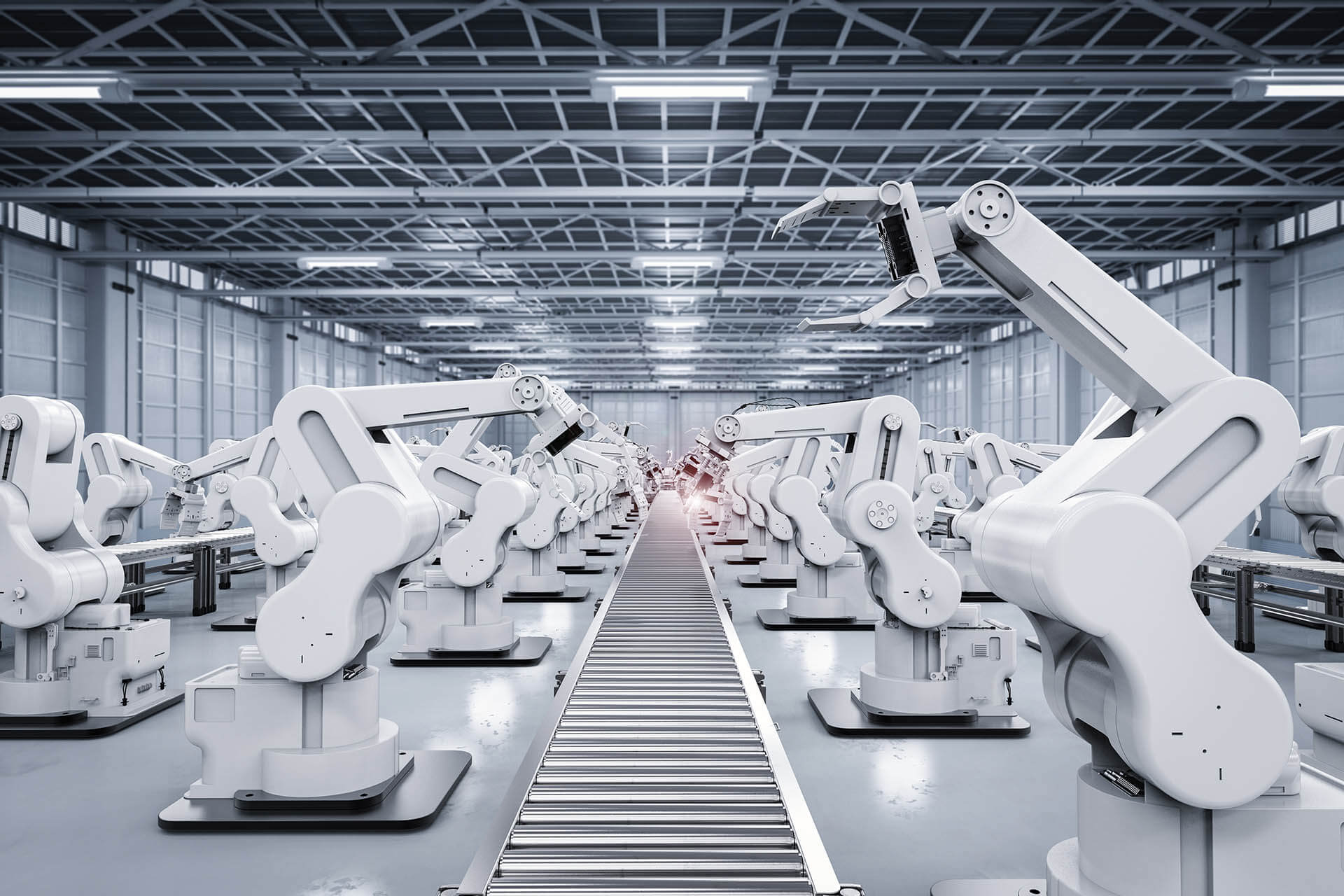Ai In Video Production: Editing, Effects, And Automation

Executive Summary

Artificial Intelligence (AI) is rapidly transforming the video production industry, from editing and effects to automation and content creation. This article explores the various ways AI is being used in video production, highlighting key applications and benefits. By leveraging AI, video creators can streamline their workflow, enhance productivity, and create more engaging and impactful content.

Introduction
In the era of visual storytelling, video has become an indispensable tool for businesses, marketers, and content creators alike. However, producing high-quality videos is a time-consuming and complex process. AI is emerging as a powerful ally for video producers, offering a range of solutions to streamline tasks, automate processes, and elevate creativity.
FAQ
- How is AI used in video editing?
AI-powered editing tools can automatically detect and remove unwanted footage, stabilize shaky shots, enhance color and contrast, and even generate transcripts for subtitles. - Can AI create video effects?
Yes, AI algorithms can generate realistic visual effects, such as green screen compositing, motion tracking, and object removal, without the need for extensive manual effort. - How does AI automate video production?
AI-driven automation tools can handle repetitive tasks such as asset management, storyboard generation, and even scriptwriting, freeing up video creators to focus on more creative aspects.
Subtopics
1. Editing
- Automatic Scene Detection: AI algorithms analyze footage to identify shot boundaries, allowing for quick and precise scene cutting.
- Smart Object Tracking: AI tracks objects in motion, making it easy to add captions, overlays, or apply effects.
- AI-Powered Transitions: Advanced algorithms generate seamless and engaging transitions, enhancing the flow and visual appeal of videos.
- Color Correction and Enhancement: AI tools automatically adjust color and contrast, creating visually stunning and consistent footage.
- Audio Enhancement: AI algorithms remove unwanted noise and enhance audio clarity, ensuring professional-quality sound.
2. Effects
- Motion Graphics: AI helps create dynamic motion graphics, such as animated typography and logo reveals.
- Visual Effects Outsourcing: AI algorithms can create realistic visual effects, such as explosions, fire, and weather simulations.
- Green Screen Compositing: AI simplifies green screen compositing, enabling seamless integration of virtual backgrounds and foreground elements.
- Object Removal: AI can automatically remove unwanted objects from footage, such as wires, poles, or distracting elements.
- Stylistic Filters: AI-powered filters can apply artistic effects, such as vintage filters, color grading, and stylized looks.
3. Automation
- Storyboard Generation: AI can analyze scripts and generate storyboards, saving time and effort in the pre-production phase.
- Asset Management: AI tools help organize and manage video assets, making it easy to locate and retrieve footage.
- Scriptwriting: AI algorithms can generate draft scripts based on user input, providing a starting point for video content.
- Shot Optimization: AI analyzes footage to identify the best shots and automatically compiles a highlight reel or summary video.
- Quality Control: AI algorithms can monitor video quality and flag any issues, ensuring consistent and high-standard output.
4. Content Generation
- Video Summarization: AI tools can automatically generate shortened versions of videos, highlighting key moments and providing quick overviews.
- AI-Powered Storytelling: AI algorithms analyze data and generate engaging narratives, helping video creators craft compelling stories.
- Adaptive Content: AI can tailor video content to specific audiences, delivering personalized and relevant experiences.
- Automated Captions and Subtitles: AI algorithms can generate accurate and time-synched captions and subtitles, making videos accessible for all viewers.
- Interactive Elements: AI-driven interactive elements, such as clickable hotspots and quizzes, enhance viewer engagement.
5. Future Trends
- Deepfake Technology: AI-powered deepfakes allow for realistic face-swapping and voice cloning, opening up new possibilities for content creation.
- AI-Generated Music: AI algorithms can generate custom music and sound effects, enhancing the audio experience of videos.
- Automated Language Translation: AI tools can automatically translate videos into different languages, breaking down language barriers and expanding audience reach.
- Virtual Reality Integration: AI is enabling the creation of immersive virtual reality experiences, providing viewers with a more engaging and interactive form of video.
- Augmented Reality Overlays: AR overlays, powered by AI, enhance videos with interactive elements and data visualizations, bringing real-world information into the video.
Conclusion
AI is revolutionizing video production across the board, from editing and effects to automation and content creation. By embracing AI, video creators can streamline their workflow, create more engaging content, and drive impactful results. As AI continues to evolve, we can expect even more innovative and transformative applications in the future.
Relevant Keyword Tags
- AI in Video Production
- Video Editing
- Video Effects
- Video Automation
- Content Generation
